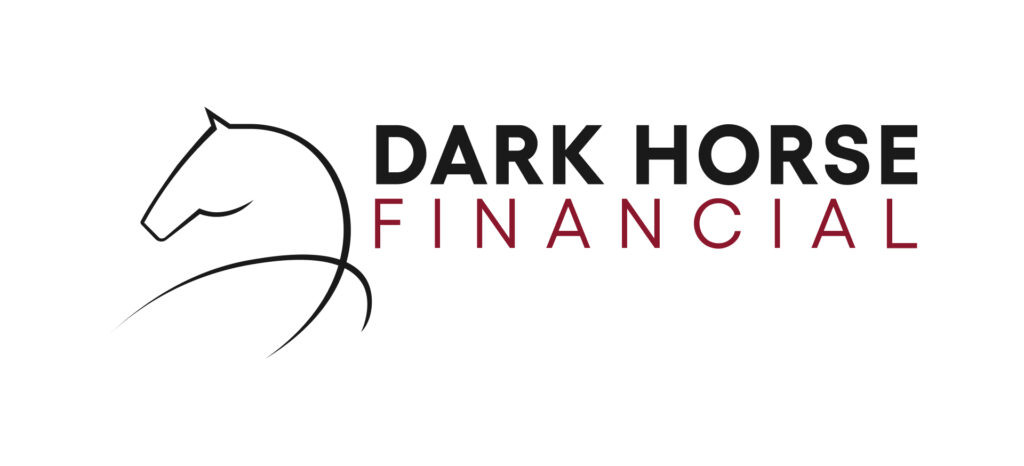Key Takeaways
- From 1 July 2025, GIC and SIC interest charges from the ATO will no longer be tax-deductible, increasing the effective cost of tax debt.
- This change will make ATO payment plans significantly more expensive, especially for SMEs relying on them for cash flow support.
- In light of the upcoming changes, businesses may turn to their savings, asset sales, or tax debt loans to quickly repay their tax debts before the deadline.
- Tax debt loans in Australia are expected to grow in popularity as a more cost-effective and tax-efficient alternative to ATO debt.
- Interest on tax debt loans is generally deductible, offering a financial advantage over ATO charges post-2025.
- Tax debt loans also offer potentially lower interest rates, more flexible terms, and longer loan durations than ATO payment plans.
- Most importantly, tax debt loans offer a way to avoid ATO enforcement actions, like garnishee notices, director penalty notices, and other legal actions.
- Non-bank and private lenders are preparing for the rising demand for tax debt loans in Australia, anticipating a surge in applications after the deductibility ban.
- Refinancing ATO debt can help preserve deductibility and reduce long-term costs.
- Financing experts like Dark Horse Financial can help you secure tax debt loans quickly, ensuring you get the best rates and terms for your situation.
In a significant policy shift, the Australian government announced, effective from 1 July 2025, businesses will no longer be able to claim deductions for General Interest Charges (GIC) and Shortfall Interest Charges (SIC) imposed by the Australian Taxation Office (ATO). This change will substantially increase the cost of managing tax debts, particularly for small and medium-sized enterprises. As a result, the demand for alternative financing to pay off the ATO is expected to rise post-2025.
Understanding the Policy Change
Up until June 30, 2025, businesses could deduct the interest paid on ATO debts, including GIC and SIC, from their taxable income. This effectively reduced the after-tax cost of these debts. However, with the new legislation, these interest charges will are non-deductible, leading to a higher effective interest rate for businesses.
This policy change is expected to disproportionately affect SMEs, which often rely on ATO payment plans to manage cash flow. With higher costs associated with these plans, businesses may seek alternative financing options, such as tax debt loans, to mitigate the financial strain.
How Businesses Will Fund ATO Debt After 2025 Tax Changes
How will businesses handle ATO debt when interest is no longer deductible? With the removal of deductibility for ATO interest charges, businesses will face higher effective costs when carrying tax debt. This change will push many to reassess how they manage and fund their ATO obligations. Below are several ways businesses can pay off or manage tax debt in the post-2025 landscape:
1. Drawing on Cash Reserves
Some businesses may choose to use retained earnings or existing cash reserves to pay off tax debts upfront. While this avoids interest charges altogether, it may not be viable for businesses with slim margins or in capital-intensive industries, especially during periods of economic uncertainty.
2. Asset Sales or Liquidation
In more extreme cases, businesses may consider selling off non-core or underutilised assets to raise funds. This could include vehicles, equipment, or property. While this strategy can provide immediate liquidity, it can also reduce operational flexibility or long-term revenue potential.
3. Tax Debt Loans
As of July 2025, tax debt loans will become a primary tool for businesses looking to manage ATO liabilities efficiently. These business loans are structured specifically to repay or refinance tax debts and typically offer:
- Lower effective interest costs than ATO charges
- Tax-deductible interest, which preserves cash flow advantages
- Flexible repayment terms that suit business cycles
- Longer loan durations than those offered by the ATO through payment plans
- Fast approvals to prevent ATO enforcement actions like garnishees or director penalty notices

What Are Tax Debt Loans?
Tax debt loans in Australia are specialised business loans used to pay off outstanding debts owed to the Australian Taxation Office (ATO). These loans are typically offered by non-bank or private lenders and are designed to help businesses manage or refinance ATO liabilities, including overdue income tax, GST, PAYG, and superannuation debts.
Unlike ATO payment plans, tax debt loans often come with tax-deductible interest, faster approvals, longer loan durations, and flexible repayment terms, making them a practical and strategic funding option for businesses that need to resolve tax arrears, avoid enforcement action, or improve their cash flow position.
If you want to learn more about this type of financing, check out our guide to tax debt loans.
Will the ATO Interest Rule Change Lead to More Tax Debt Borrowing?
Will tax debt lending increase after July 2025? The ATO interest rule change, effective 1 July 2025, is widely expected to lead to a significant increase in tax debt borrowing across Australia.
Currently, businesses that incur General Interest Charges (GIC) or Shortfall Interest Charges (SIC) on overdue tax liabilities can claim these charges as tax deductions. This provides some financial relief and lowers the overall cost of carrying tax debt. However, the removal of this deductibility will make ATO interest a full after-tax expense, substantially increasing the real cost of unpaid tax for businesses.
Businesses are expected to find cost-effective, quick, and tax-efficient ways to deal with tax debt before the changes take effect. With tax debt loans, businesses can pay off their obligations to the ATO immediately, spreading the cost over a longer period and with potentially lower interest rates.
Why More Businesses Will Refinance ATO Tax Debt After July 2025
Why will tax debt loans increase after 2025? Here are some of the reasons for the projected tax loan growth:
1. Higher Effective Cost of ATO Debt
The effective interest rate on ATO debt will jump once deductibility is removed. For companies taxed at 25–30%, the real cost of ATO interest will increase by that same margin. This makes borrowing from lenders, where interest remains deductible, a more attractive and cost-efficient strategy.
2. Loans Will Offer a Tax Advantage
Interest on tax debt loans will remain deductible as a standard business finance expense, giving these loans a major advantage over ATO payment plans post-2025. This tax efficiency will drive businesses toward private funding sources to repay or refinance outstanding tax obligations.
3. Pressure to Avoid ATO Enforcement
As the cost of servicing ATO debt increases, businesses will be more motivated to avoid default or enforcement actions such as garnishees, director penalty notices, or legal proceedings. Taking out a tax debt loan can provide fast relief and preserve relationships with the ATO.
4. Growth in Advisory Recommendations
Accountants are already beginning to advise clients on the implications of the rule change. Many are recommending that businesses avoid long-term ATO payment plans after 2025 and instead consider external funding options like tax debt loans to manage liabilities more strategically.
Are Lenders Preparing for More Tax Debt Loan Applications After 2025?
Yes, many lenders, particularly those in the private and non-bank sectors, are actively preparing for a significant increase in tax debt loan applications following the 1 July 2025 changes to ATO interest deductibility.
The removal of deductibility for General Interest Charges (GIC) and Shortfall Interest Charges (SIC) is expected to shift how businesses manage tax obligations. With ATO debt becoming substantially more expensive to carry, demand for alternative funding, especially tax debt loans, is expected to rise sharply. Savvy lenders are already positioning themselves to meet this demand.

Preparing for the Policy Change
To mitigate the impact of the upcoming policy change, businesses should consider the following steps:
1. Settle Existing Tax Debts
If possible, businesses should aim to pay off existing tax debts.
2. Explore Tax Debt Loan Options
Apply for tax debt loans through our website to find the most suitable option for your financial situation. Engaging with us can provide you with valuable insights and guidance and allow you to secure better rates and terms.
3. Strengthen Financial Management Practices
Implementing robust financial management practices can help businesses maintain healthy cash flow and reduce the risk of accruing tax debts. Regular financial reviews and forecasts can aid in the early identification of potential issues.
4. Consult with Tax Professionals
Engaging with tax professionals can provide businesses with tailored advice on managing tax liabilities and navigating the changes in tax laws effectively.
In Summary
The government’s decision to make GIC SIC 2025 non-deductible marks a significant shift in tax debt management in Australia. This change is expected to increase the cost of managing tax debts, particularly for small business owners, leading to a rise in demand for tax debt loans. By understanding the implications of this policy change and proactively exploring alternative financing options, businesses can prepare for the evolving tax environment and ensure financial stability.
Get a Tax Debt Loan Before The Policy Changes Take Effect
If you have pending tax debt with the ATO, now is the best time to clear it to avoid the effects of the tax deductibility changes this July. Dark Horse Financial can assist you in finding the best lenders that offer the lowest rates and most favourable terms for your loan. Reach out today to learn more.
Disclaimer: Loans and the benefits of loan products are to approved applicants only. Information on this page is general in nature, it does not take into account your personal situation. This information is not intended to replace professional advice and should not be relied upon for any reason. You should always seek professional advice for finance, tax and accounting matters before making a decision or taking any action.





